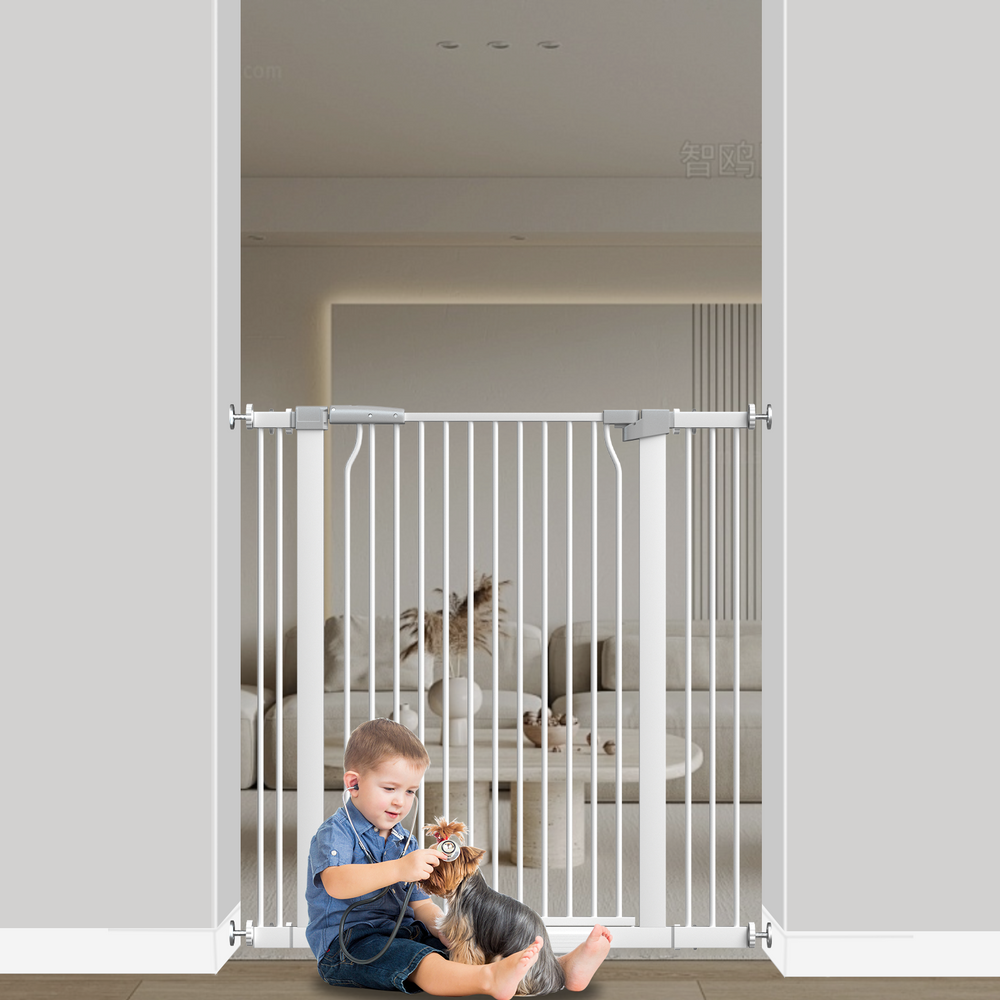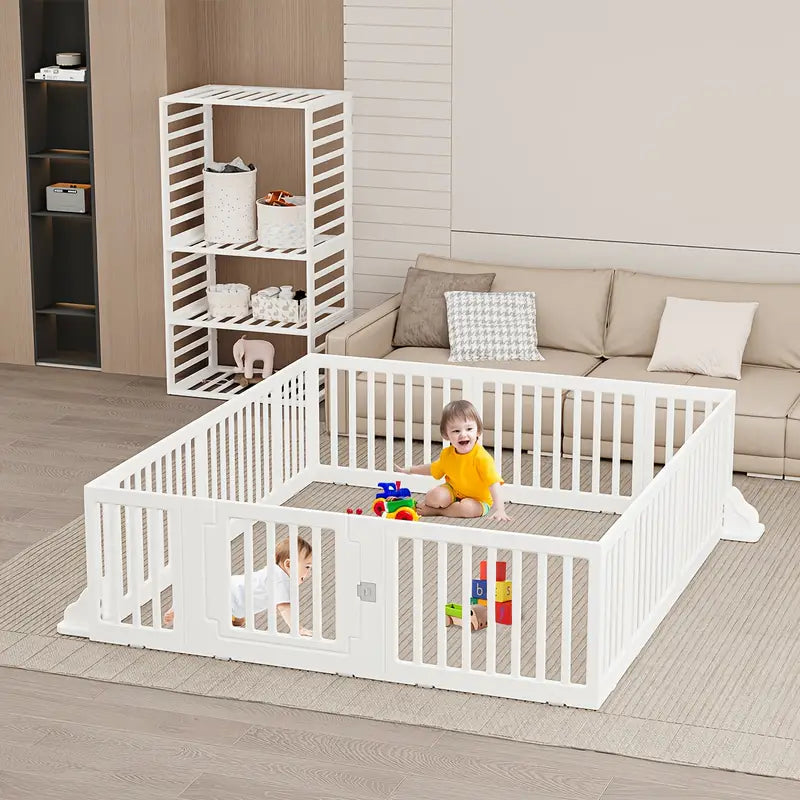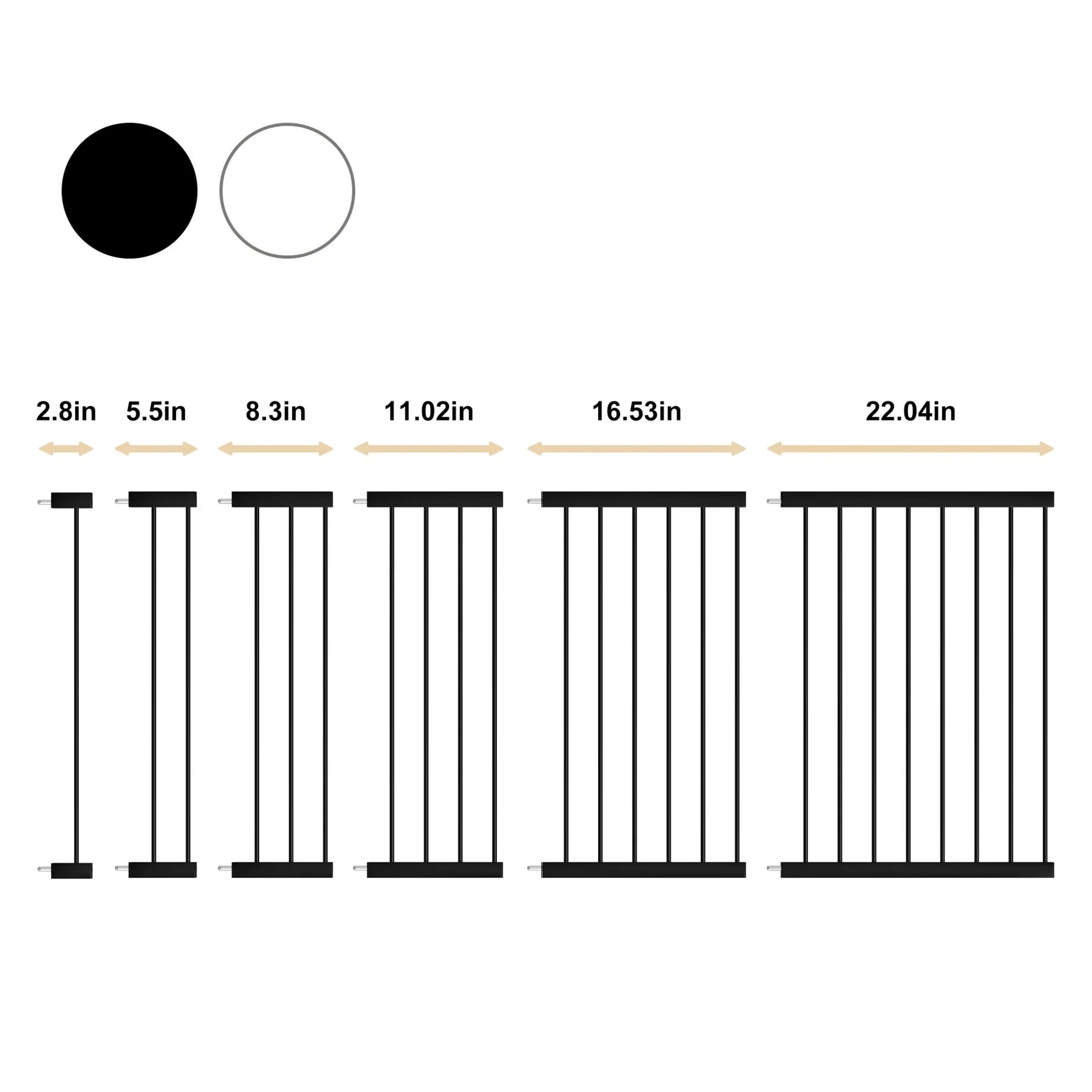Essential Bath Time Safety for Babies: Tips Every Parent Should Know
Bath Time Safety Tips for Infants and Toddlers
Bath time can be a fun and bonding experience, but it's super important to keep safety in mind, especially with infants and toddlers. They're quick, curious, and sometimes a little unsteady, so let's make sure we're doing everything we can to keep them safe and sound. It's not just about preventing accidents; it's about creating a safe environment and a positive experience for everyone involved.
Use Constant Supervision
Never, ever leave a baby or toddler alone in the bathtub, not even for a second. I know, life happens, and sometimes you think you can just quickly grab something, but it only takes a moment for an accident to occur. Make sure you have everything you need – towels, soap, toys – within arm's reach before you even start filling the tub. If the phone rings or someone knocks at the door, take your child with you. It's better to be safe than sorry.
Minimize Water Level
For infants and young toddlers, you really don't need much water in the tub. A few inches is plenty. They can easily drown in very little water, so it's best to err on the side of caution. Think about it – they're small, and their heads are heavy, so it doesn't take much for them to lose their balance. Plus, less water means less splashing, which can help keep the bathroom floor a bit drier (and safer for you, too!). I always aim for just enough water to cover their little bodies while they're sitting. It's also a good idea to check the water temperature before you put your baby in the tub.
Check the Water Temperature
Babies have super sensitive skin, so it's really important to make sure the water isn't too hot. You should always test the water temperature with your wrist or elbow before putting your baby in. It should feel comfortably warm, not hot. A good rule of thumb is to aim for around 100°F (38°C). You can even get a bath thermometer to be extra sure. It's also a good idea to adjust your water heater to prevent scalding. This is one of those things that seems obvious, but it's so important to double-check every time.
I remember one time, I thought the water felt fine, but my daughter started fussing as soon as I put her in. Turns out, it was a little too warm for her sensitive skin. I felt terrible! Now, I always double-check with a thermometer, just to be safe. It's a small step that can make a big difference.
Creating a Safe Bath Environment
Use Non-Slip Mats
Slipping is a major hazard during bath time, so let's tackle that head-on. I remember when my little one was learning to stand, bath time was basically a series of near-misses. Now, I swear by non-slip solutions.
- Inside the tub: Get a good quality non-slip mat or stickers. Make sure it covers a good portion of the tub floor.
- Outside the tub: A bath mat is a must. It soaks up water and prevents those post-bath slips when they're all excited to get their pajamas on.
- Check them regularly: Replace mats when they start to lose their grip or get grimy. It's a small price to pay for peace of mind.
Secure the Faucet
Those faucets can be surprisingly dangerous. Little heads and curious hands don't mix well with hard metal. I learned this the hard way when my oldest got a bump on the head from leaning against the faucet. Ouch!
- Faucet covers: Invest in a soft, cushioned faucet cover. They're cheap and easy to install.
- Temperature control: Consider an anti-scald device. These regulate the water temperature to prevent accidental burns. It's a great safety measure, especially if you have older kids who might mess with the water.
Keep Bath Products Out of Reach
Bath products are often brightly colored and smell good, making them tempting for kids. But we all know what happens when they get their hands on shampoo – it's not pretty (or safe!).
- Storage solutions: Keep all soaps, shampoos, and lotions in a cabinet or on a high shelf, well out of reach.
- Childproof locks: If your little one is a climber, childproof locks on cabinets are a must. It's better to be safe than sorry.
- Be vigilant: Never leave bath products unattended within reach during bath time. It only takes a second for them to grab something and put it in their mouth.
Creating a safe bath environment is more than just a checklist; it's about creating a space where your child can enjoy bath time without unnecessary risks. It's about anticipating potential hazards and taking steps to minimize them. It's about peace of mind for you and a fun, safe experience for your little one.
Essential Bath Time Practices
Always Keep One Hand on Baby
This is super important: never, ever take your eyes (or hands) off your baby during bath time. It's so easy to get distracted, but even a second is too long. Keep one hand on your baby at all times. If you need to grab something, scoop them up in a towel and take them with you. It might seem like overkill, but it's better to be safe than sorry. You can use a baby bath seat to help keep them secure.
Turn Off Water Before Bathing
Before you even think about putting your baby in the tub, make sure the water is off. It sounds obvious, but it's easy to get distracted and accidentally turn the hot water on while your baby is already in there. This can cause serious burns, so double-check that the taps are completely off. Also, test the water temperature with your wrist or elbow before putting your baby in. Aim for lukewarm, not hot. A bath thermometer can be a great tool for this.
Drain the Tub After Use
Once bath time is over, drain the tub immediately. Don't leave any water sitting there, even if you think you'll be right back. Kids are curious, and they can wander back into the bathroom and fall into the water. It's just not worth the risk. Plus, standing water can be a breeding ground for bacteria, so it's best to get rid of it right away.
I remember one time I left a little bit of water in the tub after giving my toddler a bath. I thought I'd be back in a few minutes to clean it, but then the phone rang, and I completely forgot about it. When I went back to the bathroom later, my toddler was splashing around in the dirty water with his toys. I was so mad at myself for being so careless. It was a good reminder to always drain the tub right away, no matter what.
Choosing the Right Bathing Tools
Okay, so you're getting ready for bath time, and it's not just about the bubbles and rubber duckies. The tools you use can really make or break the experience, safety-wise. Let's talk about what to look for.
Select a Safe Baby Tub
Choosing the right baby tub is super important for safety and comfort. There are tons of options out there, from basic plastic tubs to fancy ones with built-in supports. Consider these points:
- Size and Shape: Make sure it fits comfortably in your sink or tub, and that it's the right size for your baby's age and size. You don't want them swimming in it, but you also don't want them crammed in.
- Material: Look for tubs made from BPA-free plastic. It should be sturdy and easy to clean.
- Features: Some tubs have built-in thermometers, which can be handy. Others have sling inserts for newborns. Decide what features are important to you.
Avoid Inflatable Tubs
Inflatable tubs might seem like a good idea – easy to store, portable – but honestly, they can be a bit risky. They can deflate unexpectedly, which is obviously not ideal when you have a baby in the tub. Plus, they can be harder to clean properly, which means they can harbor bacteria. I'd say, skip the inflatable ones and go for something more solid.
Use Soft Bath Accessories
When it comes to washcloths and towels, soft is the name of the game. Baby skin is super delicate, so you want to avoid anything rough that could irritate it. Here's what I usually grab:
- Washcloths: Opt for cotton or bamboo washcloths. They're gentle and absorbent.
- Towels: Hooded towels are great for keeping baby warm after the bath. Again, look for soft, absorbent materials.
- Sponges: If you use a sponge, make sure it's a natural sea sponge or a soft synthetic one. Replace it regularly to prevent bacteria growth.
Remember, bath time should be a fun and relaxing experience for both you and your baby. Choosing the right tools can make a big difference in making it safe and enjoyable. Don't rush the process, do your research, and pick items that you feel confident using. And always, always keep a close eye on your little one during bath time. Never leave your baby alone in the water, even for a second.
Teaching Water Safety to Young Children

It's never too early to start teaching kids about water safety. Even toddlers can grasp simple concepts that can help keep them safe. The key is to make it age-appropriate and fun!
Introduce Water Safety Early
Start talking about water safety from a young age. Explain that water can be fun, but it's also important to be careful. Use simple words and repeat the messages often. For example, explain that they should never go near water without a grown-up. You can even use bath time as a learning opportunity. Make sure to check the water temperature before they get in!
Encourage Sitting in the Tub
Teach children to sit while in the tub. This helps prevent slips and falls. Make it a rule that they always need to be sitting unless you tell them it's okay to stand for a moment. You can make it a game by saying, "Bottoms down!" every time they start to stand up. This is a great way to prevent slips and falls.
Discuss the Dangers of Rough Play
Explain that rough play in the tub can be dangerous. Splashing is fun, but it's important to avoid pushing, shoving, or dunking each other. These actions can lead to injuries or even drowning. Remind them to be gentle and respectful of each other's space in the tub. Make sure to use soft bath accessories to avoid injuries.
It's important to remember that teaching water safety is an ongoing process. Reinforce these lessons regularly, especially as children grow and become more independent. By instilling good habits early on, you can help them stay safe around water for years to come.
Monitoring Bath Time for Older Kids

Supervise Even Independent Bathers
Okay, so your kid is getting older, maybe they're even insisting on bathing all by themselves. That's cool, they're growing up! But it doesn't mean you can just check out completely. Even if they seem totally capable, it's still a good idea to keep an ear out and check in on them periodically. You don't need to hover, but a quick peek every few minutes can make a big difference. Kids can still slip, bump their heads, or just get into some kind of trouble, even if they're not babies anymore.
Check for Slippery Surfaces
Bathrooms are slippery places, no matter how old you are. Make sure you've got non-slip mats both inside and outside the tub. And keep an eye out for soap scum or anything else that could make things extra slick. It's a simple thing, but it can prevent a lot of accidents. I remember when my cousin broke his arm slipping in the bathroom, and he was like, 10 years old! So, yeah, slippery surfaces are no joke.
Ensure Toys Are Safe and Clean
If your older kid is still into bath toys, that's fine! But take a look at them every once in a while. Are they still in good shape? Are there any cracks or broken pieces that could be dangerous? And, most importantly, are they clean? Bath toys can get pretty gross if you don't clean them regularly. Mold and mildew love to grow in those little crevices. Nobody wants that! I usually give the toys a good scrub with some soap and water every week or so. You can even soak them in a vinegar solution to kill any lingering germs.
It's easy to get complacent as kids get older, but bath time safety is still important. A few simple precautions can help prevent accidents and keep bath time fun for everyone.
Emergency Preparedness During Bath Time
Bath time should be fun, but it's also important to be ready for anything. Accidents can happen fast, so having a plan in place is key. Being prepared can make a huge difference in a stressful situation. It's not something anyone wants to think about, but it's a responsible step for every parent.
Consider Taking a CPR Class
Knowing infant CPR is a skill that every parent should have. It's not just for bath time, but it can be life-saving in many situations. Look for classes in your area, and make sure they cover infant and child CPR specifically. It's a small investment of time that can provide a lot of peace of mind. You never know when you might need it, and being prepared is always better than being caught off guard.
Have a Phone Nearby
Always keep your phone close during bath time. If something goes wrong, you need to be able to call for help quickly. Don't leave the bathroom to grab your phone; keep it within arm's reach. Program emergency numbers into your phone for quick access. It's a simple step that can save precious seconds in an emergency.
Know Emergency Contacts
Make sure you have a list of emergency contacts readily available. This should include family members, friends, and your pediatrician's number. Keep this list in a visible place, like on the refrigerator or near the phone. In a panic, it can be hard to remember these numbers, so having them written down can be a big help.
It's also a good idea to inform other caregivers, like babysitters or grandparents, about your emergency plan. Make sure they know where the emergency contacts are and what to do in case of an accident. Communication is key to ensuring everyone is on the same page and prepared to act quickly if needed.
Wrapping Up Bath Time Safety
Bath time can be a fun and bonding experience for you and your little one, but safety should always come first. Remember to keep a close eye on your baby, check the water temperature, and use non-slip mats to prevent falls. Always drain the tub right after use to avoid any accidents later. By following these simple tips, you can create a safe environment for your child to enjoy bath time. If you ever have concerns about your child's safety or health, don’t hesitate to reach out to a pediatrician for guidance. Happy bathing!






Leave a comment